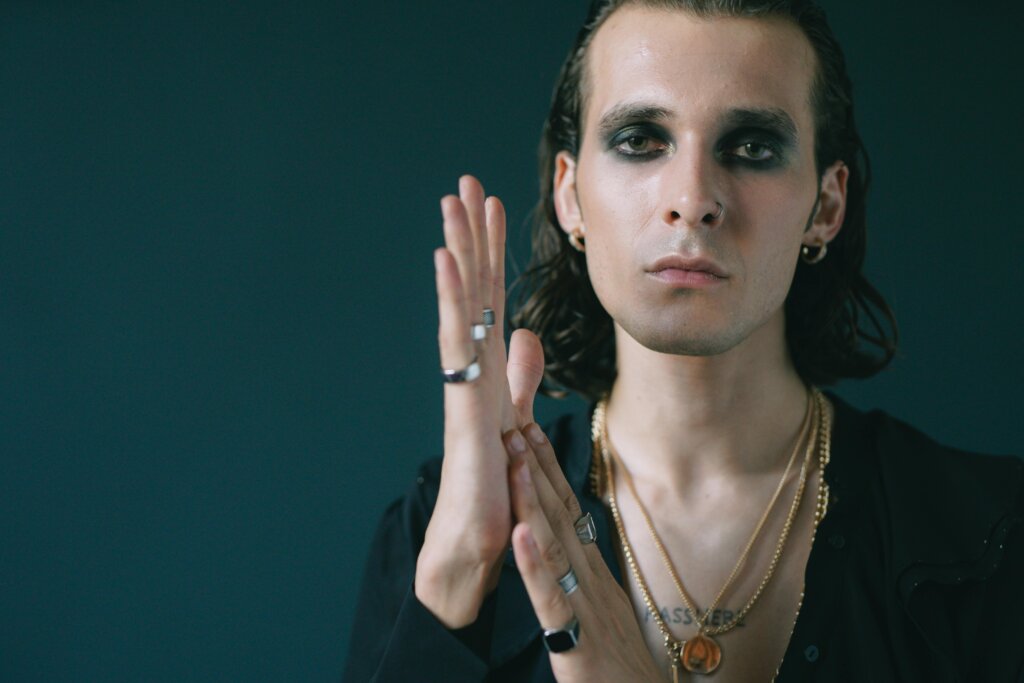
Kajal, also known as kohl or Surma, is more than just a beauty product. It is a cultural icon that has transcended generations, geographical boundaries, and social classes. Kajal has been an essential part of beauty rituals for centuries, especially in South Asia, the Middle East, and North Africa. Its history is rich, and its significance is deep, making it a symbol of inclusivity and self-expression. Let’s explore the importance of kajal in our beauty regime and trace its roots back to our ancestors.
The Historical Significance of Kajal
The use of kajal/kohl dates back thousands of years. Ancient Egyptians are believed to be among the first to use kohl. They apply it to protect their eyes from the harsh desert sun, ward off evil spirits, and enhance their appearance. Traditionally, people made kajal from natural ingredients like soot, clarified butter (ghee), and camphor. They used it not only for beautification but also for its medicinal properties.
In Indian culture, kohl or surma is often applied to infants’ eyes to protect them from the “evil eye” or “buri nazar.” This practice symbolizes care, protection, and the passing down of cultural traditions from one generation to the next. Kajal was also believed to have cooling properties, which could soothe tired eyes and protect against infections. Over time, this practice evolved from being a protective measure to becoming a crucial element of beauty rituals, with both men and women adorning their eyes with kajal.
Kajal as a Symbol of Inclusivity
One of the most remarkable aspects of kajal is its universality. Regardless of age, gender, or socioeconomic status, everyone uses kajal as a beauty product. In a world where beauty standards often exclude and marginalize, kajal stands out as a product that is accessible to everyone. It does not discriminate based on skin tone, eye shape, or facial structure; kajal enhances the natural beauty of all who wear it.
In many cultures, kajal is one of the first beauty products a young girl is introduced to. It serves as a rite of passage, marking the transition from childhood to womanhood. Yet, it is also a product that remains with a person throughout their life, adaptable to different stages and phases. From the subtle line that adds definition to a teenager’s eyes to the bold, dramatic strokes that a mature woman might use to express her confidence, kajal is a constant companion in the journey of self-discovery and self-expression.
Kajal is associated with Bollywood and its men
The early 2000s saw a significant shift in Bollywood, with the rise of the “metrosexual” man. Actors like Shah Rukh Khan, Hrithik Roshan, and Aamir Khan began experimenting with their looks, including the use of kajal, as part of their on-screen personas. In the 2006 film Dhoom 2, Hrithik Roshan’s character sported a smudged kajal look that became iconic. The kajal added a mysterious and edgy dimension to his character.
Ranveer Singh’s character in Padmaavat (2018) wore a heavy kajal to accentuate his fierce and intense persona. The kajal added a raw, almost primal element to his look, making the character of Alauddin Khilji even more menacing and memorable. Saif Ali Khan’s character in Laal Kaptaan (2019), where he plays a Naga sadhu—a warrior and bounty hunter. Actors like Ayushmann Khurrana and Ranveer Singh, known for their experimental and bold fashion choices, have occasionally worn kajal in public appearances and photoshoots.
Here are some popular ways to apply kajal, each with its unique style and expression:
- The Classic Waterline Application: The most traditional way to apply kajal is on the waterline, both upper and lower. This method adds definition to the eyes, making them appear larger and more expressive. It is a versatile look that suits everyone, from everyday wear to special occasions.
- The Smokey Eye Look: The smokey eye look is all about blending kajal with eyeshadow to create a soft, smudged effect around the eyes. It exudes confidence and boldness, making it ideal for evening events or when you want to make a statement.
- The Winged Kajal: Winged kajal is a playful and trendy way to apply kajal, adding a flick at the outer corner of the eyes. This look takes inspiration from the classic winged eyeliner, adding the depth and richness that only kajal delivers. It is a look that balances tradition with modernity, making it a favorite among the younger generation. The winged kajal is perfect for those who want to showcase their creativity and flair for fashion.
- The Bold, Thick Line: Applying a bold, thick line of kajal around the eyes is a powerful way to make your eyes stand out. This look is perfect for special occasions like weddings or festivals. The bold line signifies strength and determination, reflecting the wearer’s inner confidence and self-assurance. It is a look that commands attention and respect, making the eyes the focal point of the face.
- The Understated Tightline: Tightlining involves applying kajal very close to the lash line, giving the illusion of fuller lashes and more defined eyes without the look of heavy makeup. This technique is perfect for those who prefer a minimalist approach to makeup. It enhances the eyes in a subtle, almost invisible way. It is perfect for daily wear or when you want a natural, effortless look.
The Cultural Relevance of Kajal Today
In today’s world, as people increasingly question and redefine beauty standards, kajal stands strong as a symbol of inclusivity and self-expression. It is a product that transcends trends and fads, rooted in tradition yet adaptable to contemporary styles.
Moreover, the accessibility of kajal/kohl makes it a democratic beauty product. Unlike many high-end cosmetics that are often out of reach for many, kajal is affordable and available in various forms. From the traditional homemade versions to modern, long-lasting, and smudge-proof formulations.
Also Read:
Top 10 Black Kajal for Sensitive Eyes in India!
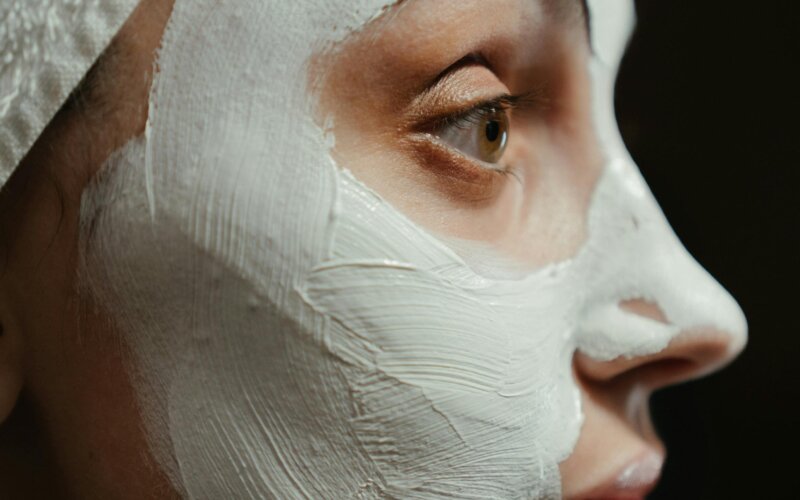
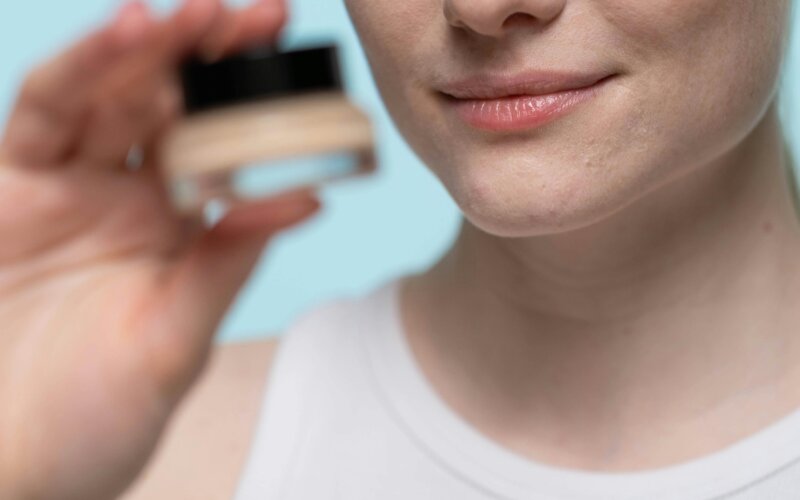
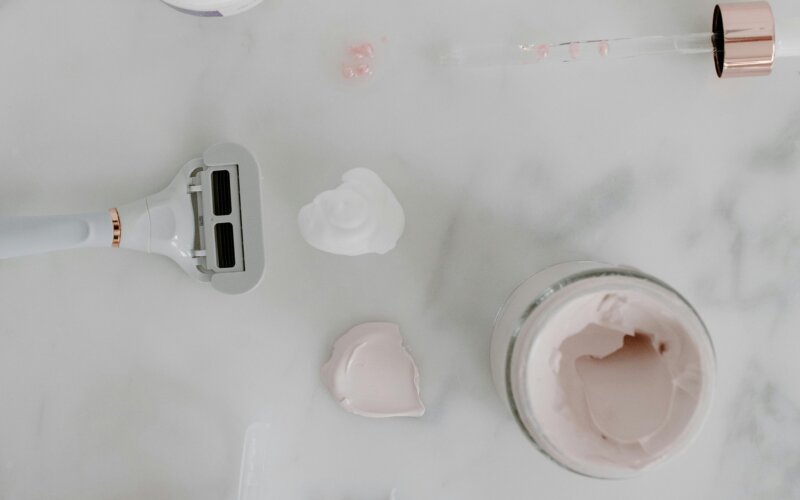
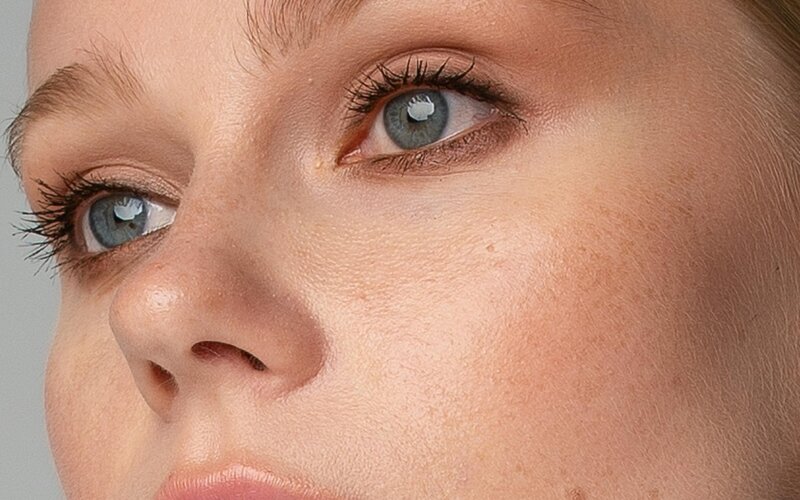
Real Estate Very well presented. Every quote was awesome and thanks for sharing the content. Keep sharing and keep motivating others.